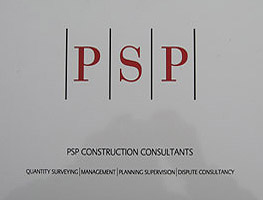
The need for excellent and durable engraving material is a concern of any engraver. Standard metal engraved plates and traffolyte labels are among some of the engraved materials used as indicators in most places. They are carved with relevant material as a way of creating awareness of business, restaurant or any other premises’ existence. The may also be used as a way to preserve information. However, the following are some of the scenarios that would require you to use the traffolyte material instead of the metallic plate for engraving purposes.
The Environmental Conditions
The environment you want to use an engraving material is highly influential in the choice of engraving material to use. Harsh weather conditions may influence you to opt for a different material rather than metallic plates. For instance, environments with moisture air may not be the best place to use a metallic product due to the possible degradation of the engraved material. Metals are highly susceptible to corrosion, hence the material may become unrepresentative unlike for traffolyte materials that are purely non-corrosive materials. The traffolyte is plastic made, therefore, durable under such weather conditions. The use of metallic plates is unusable near the coastline, especially if the water body is salty since the corrosion rate under salty circumstances is very high.
Time and Cost Constraint
If you need a quick and affordable engravable material, then you should opt for the traffolyte. It is more straightforward and fast to engrave. It’s engraved by machine or hand. With either method, the engraving process of traffolyte labels takes little time. Despite the rapid production, the product is still durable. On the other hand, to engrave metallic plates consumes more time. This is regardless of technicality used in engraving the metallic plates. Additionally, to make it more stable, an expensive process of oxidisation is required. The costs of fixing, riveting and screwing the metal are a bit higher compared to that of traffolyte. When it comes to the general pricing, traffolyte are much more affordable since plastic materials are always cheaper compared to any metallic material.
Variety of Colours
If you need a range of pure colours of an engraving material, then, traffolyte is the best option compared to the metallic plates. Typically, metals have a few related colours. For you to achieve different outlooks, the metallic plates require a coating with other materials or painting with different colours. However, with time the paints and coating can wear out. For the plastic made traffolyte, different colouring materials can be added to the compressed laminated material to give it a different appearance. The most common colours for traffolyte are blue, red, black, green, yellow and white.
The traffolyte refers to phenolic engraving laminate. It comprises three layers: a core layer and two outer layers. One of the material’s outer layers is engraved deeply. Once the material is engraved, the other layer becomes the back side. Usually, the material is available in both 1.6 mm and 3.2 mm dimensions. The durability, usability under different weather conditions and affordability, makes the material preferable to use.
